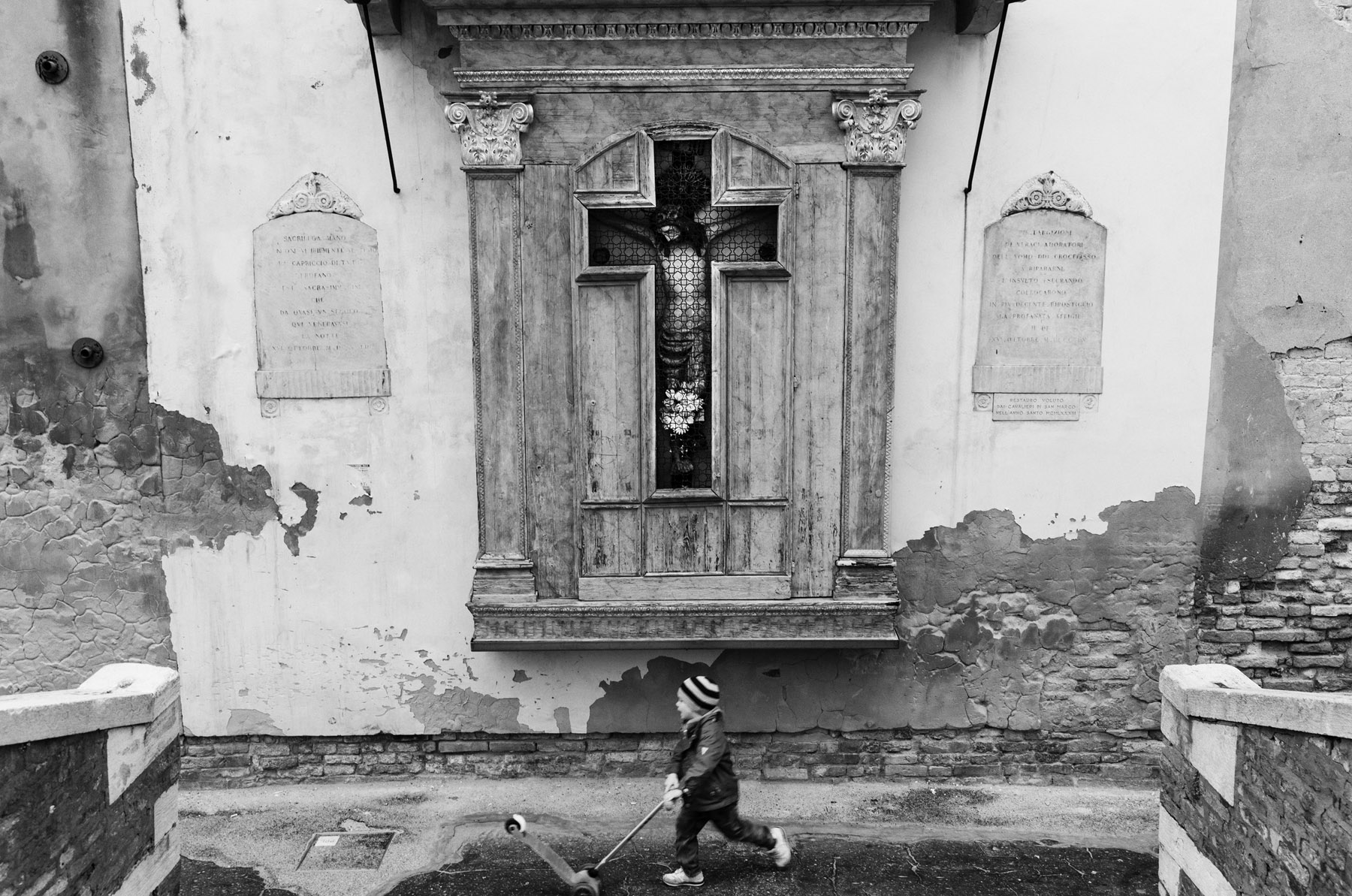Capturing Budapest in Black and White: A Timeless Journey
/Budapest, a city rich in history and architectural grandeur, reveals a unique charm when viewed through black-and-white photography. The interplay of shadows and light highlights the intricate details of its iconic landmarks, creating a timeless visual narrative. In this blog post, we'll explore the essence of Budapest in monochrome.
The Soul of Budapest
Budapest, often called the "Paris of the East," boasts a diverse range of photographic opportunities. From the Gothic spires of Matthias Church to the grandiosity of the Parliament Building, each structure tells a story. These stories become even more profound in black and white, emphasizing textures and contrasts that color might otherwise overshadow.
Key Spots to Capture
Fisherman's Bastion: This neo-Gothic terrace offers panoramic views of the city. Early morning or late afternoon light enhances the shadows, making for dramatic compositions.
Chain Bridge: The suspension bridge, illuminated against the night sky, transforms into a monochrome study of geometric patterns and reflections.
Buda Castle: The historical castle complex, with its rugged walls and sweeping views of the Danube, presents countless opportunities for capturing the essence of Budapest's past.
Great Market Hall: Inside this bustling market, the play of light through the iron framework creates dynamic scenes, perfect for black and white.
Why Black and White?
Black-and-white photography strips away the distraction of color, allowing you to focus on composition, form, and emotion. It highlights the stark contrasts and subtle nuances that define Budapest's architectural and cultural heritage. Whether it's the bustling streets or serene riverbanks, the absence of color invites viewers to engage more deeply with the image.
Our 10-Hour Black and White Workshop
In our workshop, we delve into the techniques that bring black-and-white photography to life. Over the course of 10 hours, we'll cover:
Understanding Light and Shadow: Learn how to use natural and artificial light to create compelling black and white images.
Composition Techniques: Discover the rules of composition and how to break them for creative effect.
Storytelling and Street Photography: Capture the essence of Budapest through powerful narratives and candid street shots, honing your skills in creating compelling visual stories.
Architectural Photography: Learn to photograph Budapest's stunning architecture, emphasizing structural details and artistic elements to create impactful black-and-white images.
Join Us
If you're passionate about photography and eager to explore Budapest in a new light, our workshop is the perfect opportunity. Whether a beginner or an experienced photographer, you'll gain valuable insights and techniques to elevate your black-and-white photography.























